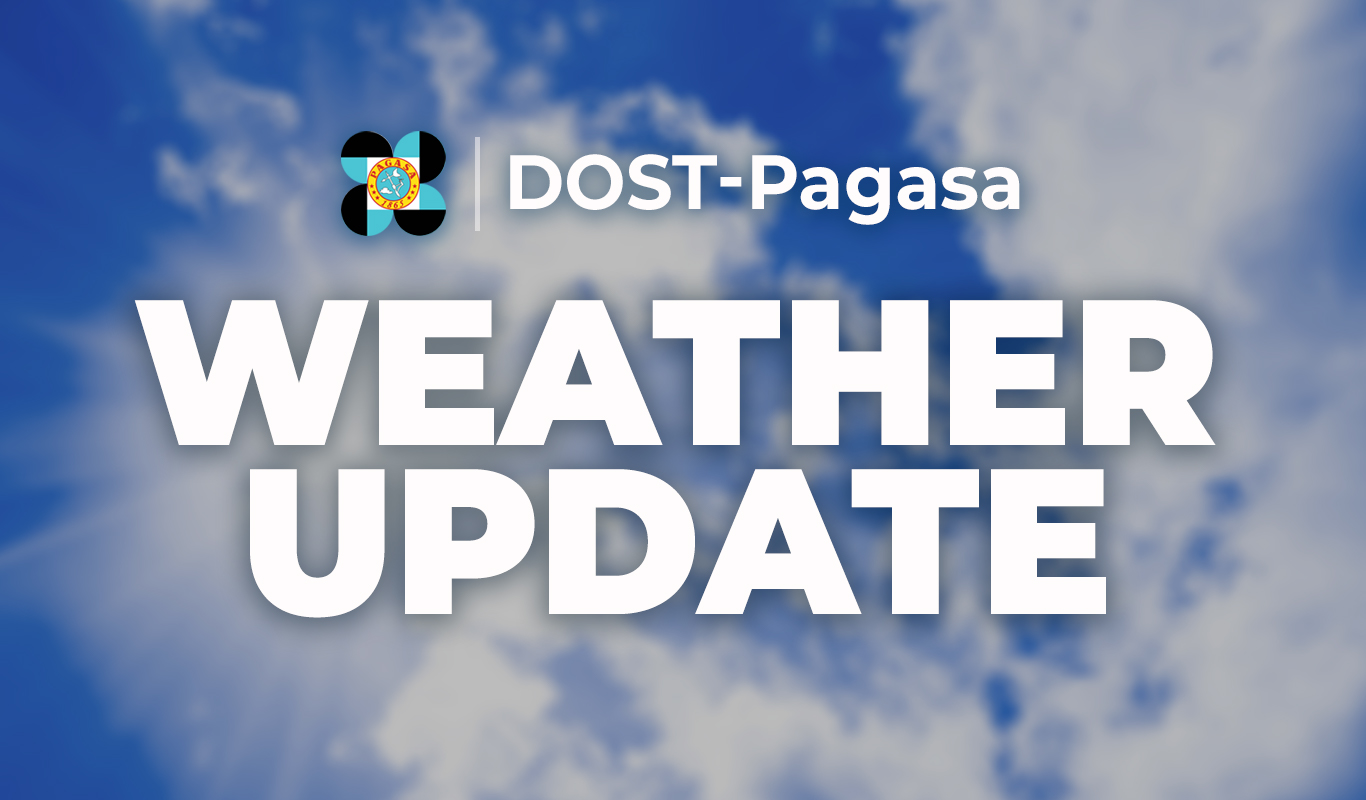
Pagasa weather update. GRAPHICS BY INQUIRER
MANILA, Philippines — Despite the state weather bureau’s official declaration of the start of the rainy season, 32 areas in the country still experienced heat indices within the “danger” category on Wednesday.
Below is the list of areas where heat indices ranging from 42 to 47 °C were recorded based on Philippine Atmospheric, Geophysical and Astronomical Services Administration (Pagasa) data as of 5 p.m.:
47 °C
- Aparri, Cagayan
- Baler, Aurora
- Virac, Catanduanes
46 °C
- ISU Echague, Isabela
- Butuan City, Agusan del Norte
45 °C
- Laoag City, Ilocos Norte
- Tuguegarao City, Cagayan
- Casiguran, Aurora
44 °C
- MMSU in Batac, Ilocos Norte
- Bacnotan, La Union
- Iba, Zambales
- Sangley Point, Cavite
- Ambulong, Tanuan, Batangas
- Infanta, Quezon
- Alabat, Quezon
- CBSUA-Pili, Camarines Sur
- Catarman, Northern Samar
- Catbalogan, Samar
- Tacloban City, Leyte
43 °C
- Sinait, Ilocos Sur
- Borongan, Eastern Samar
- Guiuan, Eastern Samar
- Maasin, Southern Leyte
- Dipolog, Zamboanga del Norte
42 °C
- NAIA, Pasay City
- Dagupan City, Pangasinan
- Calapan, Oriental Mindoro
- Masbate City, Masbate
- Mambusao, Capiz
- Mactan International Airport, Cebu
- Zamboanga City
- Surigao City, Surigao del Norte
READ: Pagasa declares official start of rainy season
According to Pagasa, heat index is “a measure of the contribution that high humidity makes with abnormally high temperatures in reducing the body’s ability to cool itself.”
Heat indices ranging from 42 to 51 degrees Celsius fall under the “danger” category, and people exposed to these heat indices are prone to heat cramps, exhaustion, and even heat stroke with drawn-out exposure.
To prevent the effects of roasting weather, the state weather bureau said the public must limit time spent outdoors; drink plenty of water; avoid tea, coffee, soda, and liquor; use umbrellas, wear hats, and wear sleeved clothing outdoors; and schedule heavy-duty activities on the cooler periods of the day.
READ: Typhoon Aghon exits PAR but rainshower may still persist
It also noted that symptoms of heat-related illnesses include heavy sweating, exhaustion or fatigue, dizziness or lightheadedness, blacking out or feeling dizzy when standing, a weak but fast pulse, nausea, and vomiting.
In cases of emergency, Pagasa advised the public to do the following:
- Move the person to a shady spot and lie him or her down with legs elevated
- If conscious, have the person sip cool water
- Remove clothing
- Apply cool water to the skin and provide ventilation
- Apply ice packs to the armpits, wrists, ankles, and groin
- If the condition of the person worsens, bring him or her to a hospital immediately